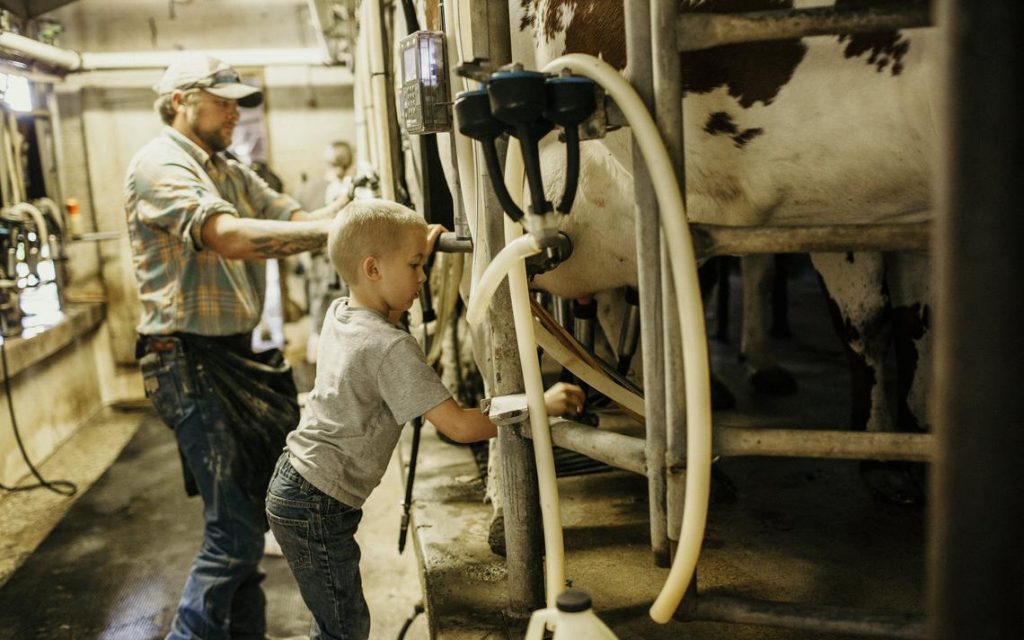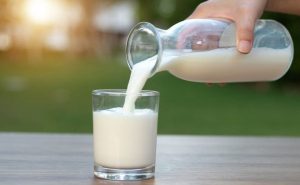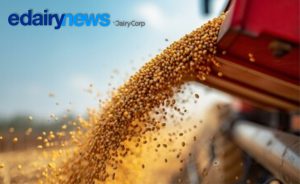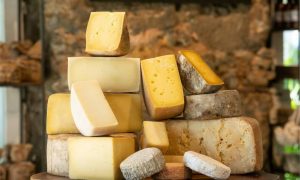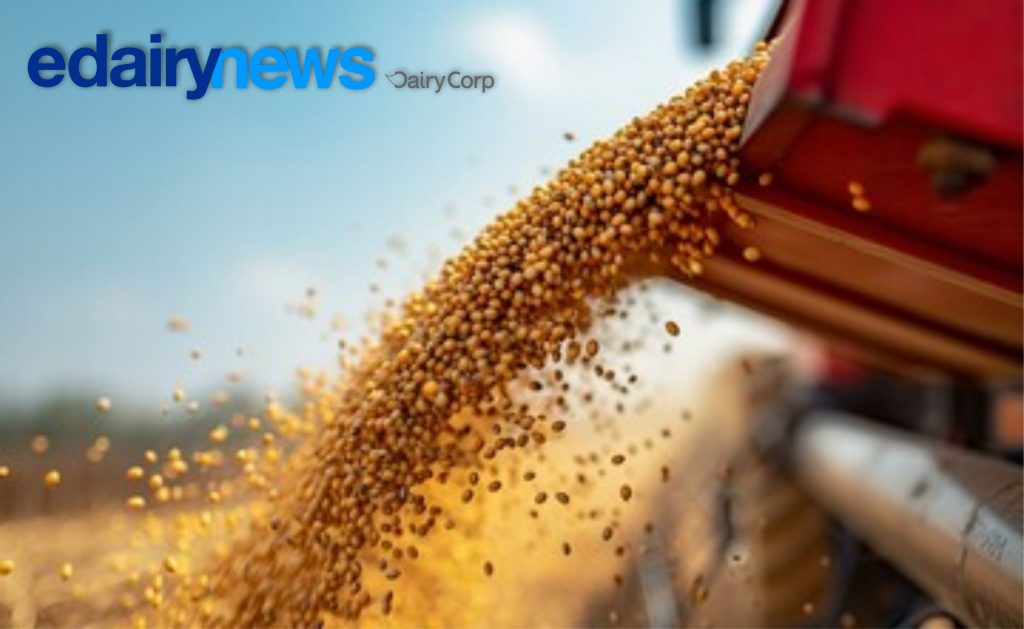The average dairy farm in Minnesota generates more than $1 million for the state economy, according to a newly issued report from the University of Minnesota Extension.
That was just one of the conclusions drawn by Extension educator Megan Roberts, economist Joleen Hadrich and senior economic impact analyst Brigid Tuck in “The Role of Dairy Farmers in Minnesota’s Economy.”
Tuck said she and her colleagues were interested in understanding what’s happening in the fast-changing dairy industry in Minnesota, and “what the economic implications are for our communities”.
The analysis showed, on average, 2019 was a “much-needed turnaround for some Minnesota dairy farmers,” while other operators “experienced a sixth-year of consecutive losses.”
U.S. Department of Agriculture Census of Agriculture information showed that as of May of this year, Minnesota had 2,456 total dairy farms. That’s about 2,000 fewer than 10 years ago. But despite the reduction, the “number of dairy cows has decreased just slightly,” the report said.
“The report shows how important dairy continues to be for the state of Minnesota, especially in areas like southeast Minnesota,” Tuck said. “As well as the importance of continuing to support our dairy farmers as they face these changes.”
Economic boon
Stearns, Morrison and Winona counties were the highest in the state for dairy production. Tuck said local businesses near dairy farms, such as animal food manufacturers, grain farms and other crop farming operations are the top industries affected by the state’s dairy farms.
“One thing that really drives economic impact from our farms is that they use a lot of local supplies,” Tuck said. “And Minnesota in particular, with a long history of dairying, has a good supply chain built up around it.”
The report, which examined how dairy farms contribute to local economies, concluded that an average Minnesota dairy farm generates $1.6 million to the state’s economy, and nearly $48,000 in local and state taxes.
“While dairy producers themselves see little profit or even losses, their spending to raise dairy cows and produce milk generates significant activity in Minnesota’s economy,” the report said.
Dairy products make up for almost 10% of the state’s entire agriculture product sales, and Minnesota exports nearly 5% of the total dairy exports in the U.S., with a value of $251 million, according to USDA Census of Ag information.
A new break-even mark
According to the report, Minnesota dairy farms — which were operating at a loss prior to 2019 — needed to generate around $4,000 per cow to break even with their operations. The average dairy operation in Minnesota made $224 per cow in profit, or $396 when unpaid labor and management charges were removed from the equation.
“It depends a lot on the farm and the management that goes into how well they can manage their herd and manage the markets as well,” Tuck said.
On average, the report concluded that a Minnesota dairy farm spent $882,160 to produce milk last year, with $384,330 of that going to labor costs. The average dairy operation had 11 hired hands, the report said.
While many dairy operators planned for continued downward shifts, “they were also unsure of how to recuperate from the considerable farm wealth lost in recent years,” the report said.
Despite the grim scenario, the report said this was a “welcome change from 2018, when the average Minnesota dairy farm generated a negative $191.55 per cow loss,” and the average dairy operation in the state reported a positive profit for last year.
“After several years of depressed milk prices, 2019 data shows that, pre-pandemic, many Minnesota farms were finally operating at a farm level breakeven,” said the report. “The second half of 2019 was financially positive for the dairy industry with improved farm gate milk prices received, in addition to state and federal government support payments,” stated the analysis.
Milk still flowing despite COVID-19
Dairy farms in Minnesota produced a total of 9.8 billion pounds of milk last year which was valued around $2 billion, the report said. That milk continued to flow during the pandemic.
“The dairy industry in the state was pretty steady through COVID-19, and we continued to produce milk at almost the same level,” Tuck said. “So we aren’t necessarily anticipating a big change in terms of economic impact.”
The dairy industry in the state weathered the fallout from COVID-19 better than other states. While COVID-19 forced farmers in neighboring states to dump milk, Minnesota dairy operators avoided having to do that, according to the Minnesota Milk Producers Association.
“We’d be writing a very different report if we were on the East Coast,” said Megan Roberts, Extension educator. “The industry there depends heavily on tourism and hospitality, and it has yet to recover.”
As the dairy supply chain was disrupted by stay-at-home orders, Tuck said there was “less demand for wholesale milk cartons, bulk milk bags, and boxed cheese.” But there was more demand for dairy items packaged for retail settings, like jugs and bags of shredded cheese.
“This mismatch of supply and demand caused temporary shortages for retail stores and price plunges for dairy farmers,” said the report, which states that the price this year that dairy farmers got for milk was “as high as $18.02 per hundredweight pre-pandemic but dropped as low as $10.68 per hundredweight in late April,” which is a 40% reduction.
Minnesota’s dairy industry is being propped up by school districts that continue summer nutrition programs, said Hadrich, “keeping open a pipeline between farms and consumers.”
For 2020, Tuck doesn’t see the pandemic as a factor in changing the state’s economic impact from its dairy farms.
“We really have a well-rounded industry, and so I think from an economic impact standpoint, that will remain stable,” she said.

